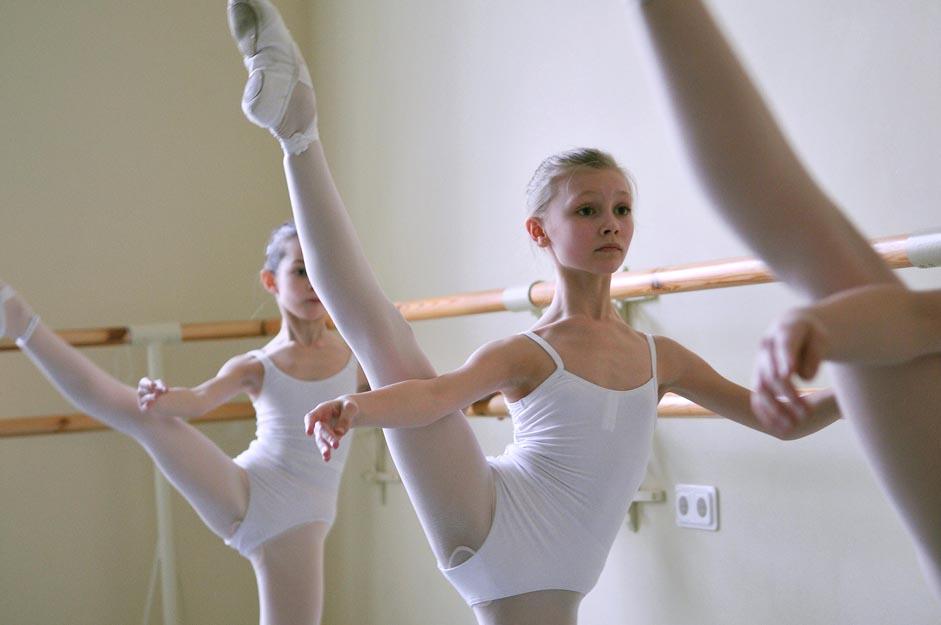
Un artículo de la web ‘Russia Beyond the Headlines’, que apareció primero en francés hace unas semanas, pero ahora, en su versión inglesa, se acompaña de estas fotografías, tomadas en las instalaciones de la escuela Vaganova, y entre bambalinas en un concierto de la escuela en el Hermitage:
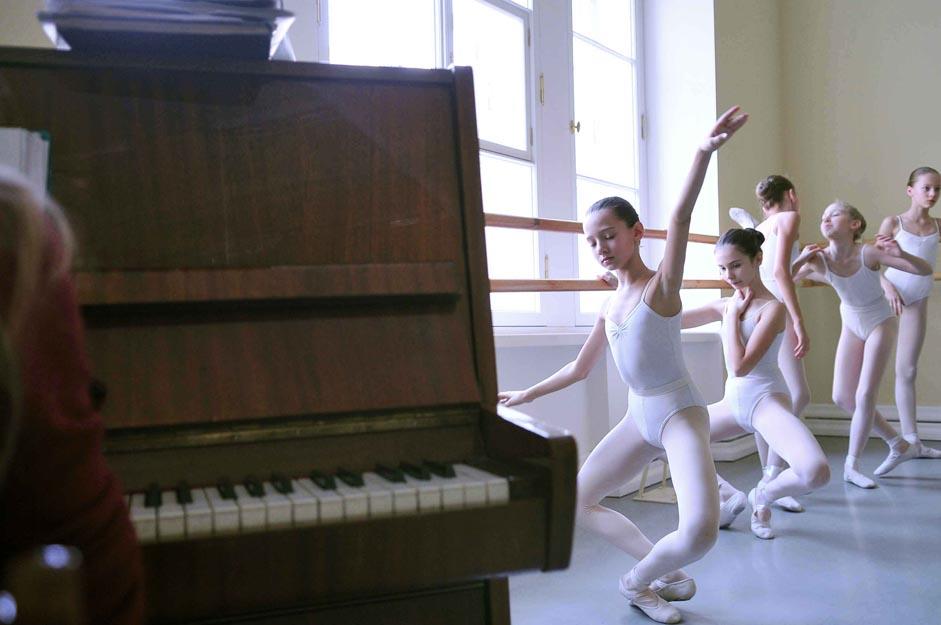
Siendo probablemente el arte más espectacular y hermoso, el ballet sigue siendo un verdadero desafío para aquellos que deciden bailar profesionalmente. ¿Por qué necesitamos el ballet? ¿Por qué los niños sacrifican su infancia para convertirse en bailarines de ballet? ¿Por qué los rusos siguen soñando con una carrera en el ballet, cuando tan pocos se convierten en cisnes reales?.
Hay muchos caminos hacia el ballet. Los niños suelen tomar la decisión que cambiará sus vidas por su cuenta, incluso antes de comenzar la escuela. “Vi el Lago de los Cisnes en Chelyabinsk cuando yo tenía cinco años. Me llamó la atención el hecho de que se sentía como un cuento de hadas, algo refinado, elegante y distante – algo que no se puede tocar. Después de la actuación, decidí lo que quería hacer con mi vida, y no era una especie de quimera infantil “, dice Anastasia Kolegova, solista del Mariinsky.
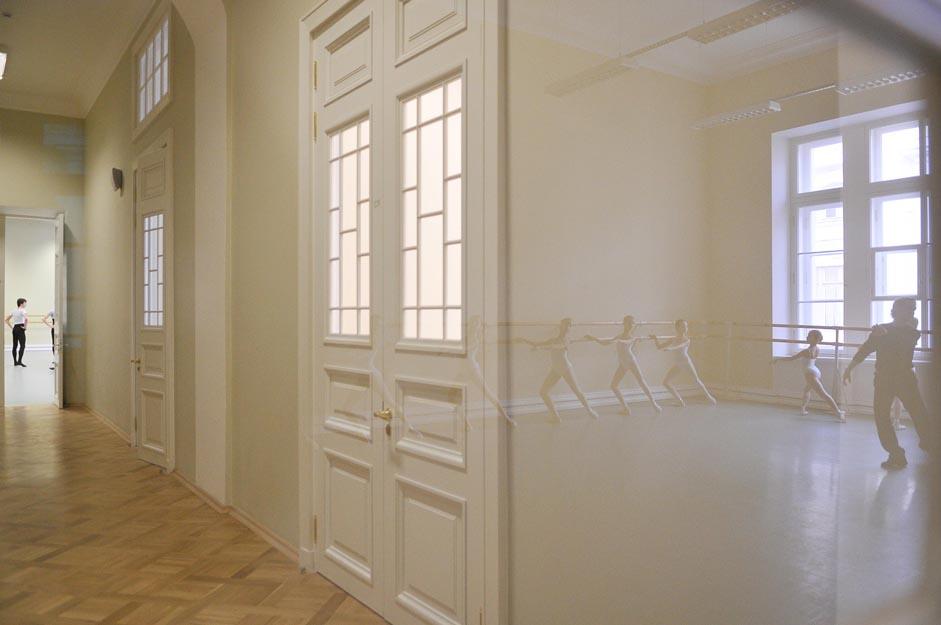
Poco ha cambiado en los últimos 20 años. Si una quiere ser una bailarina de ballet, el camino es más o menos el mismo para todos. Las biografías de primeras bailarinas y bailarines principales están llenas de historias, cuando las niñas y los niños, encantados por la belleza que veían en la pantalla del televisor, bailaban cerca de ella tratando de copiar los movimientos.
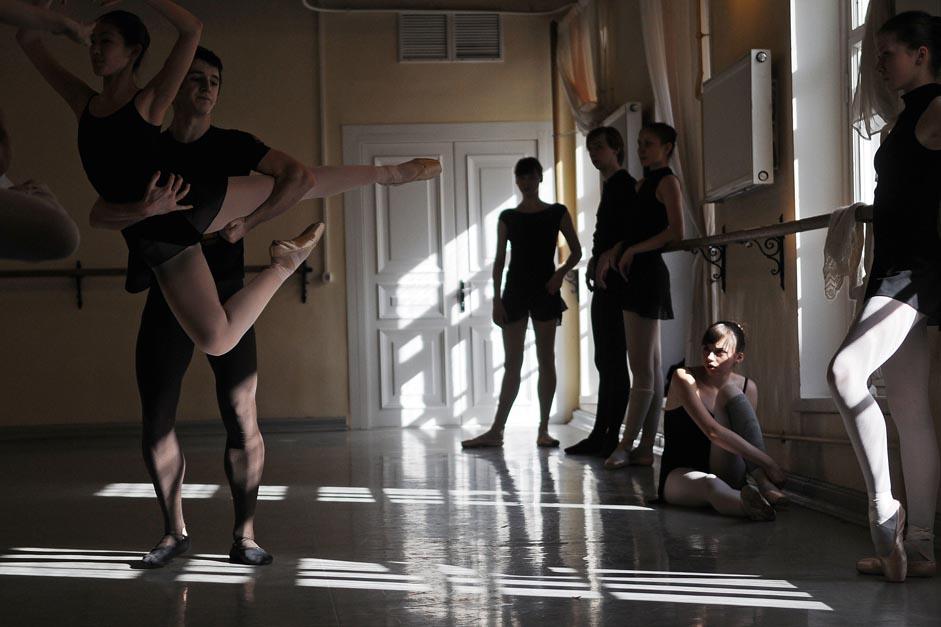
Los niños que han contraído la fiebre del baile intentan aliviarse como puedan. Yan Godovsky, solista en el Teatro Bolshoi, fue aceptado en la escuela de ballet después de ganar un concurso de bailes de salón en el campamento de verano.
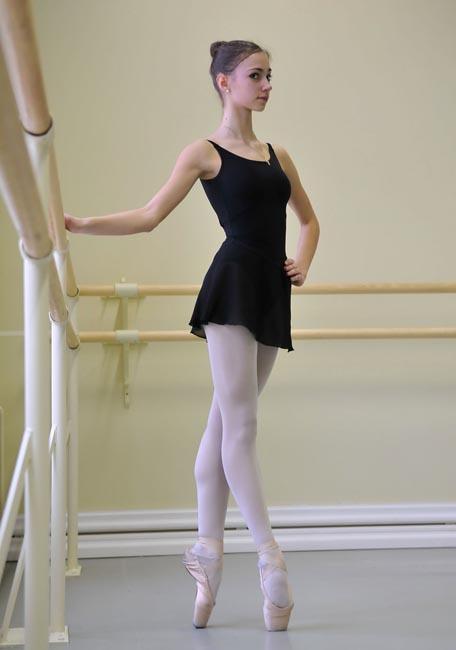
Pero a veces responden a la llamada de sus padres. La bailarina Natalia Osipova hizo la transición de la gimnasia artística al ballet porque “no quería herir los sentimientos de su mamá”. Un niño nacido en una familia de ballet no tiene muchas otras opciones.
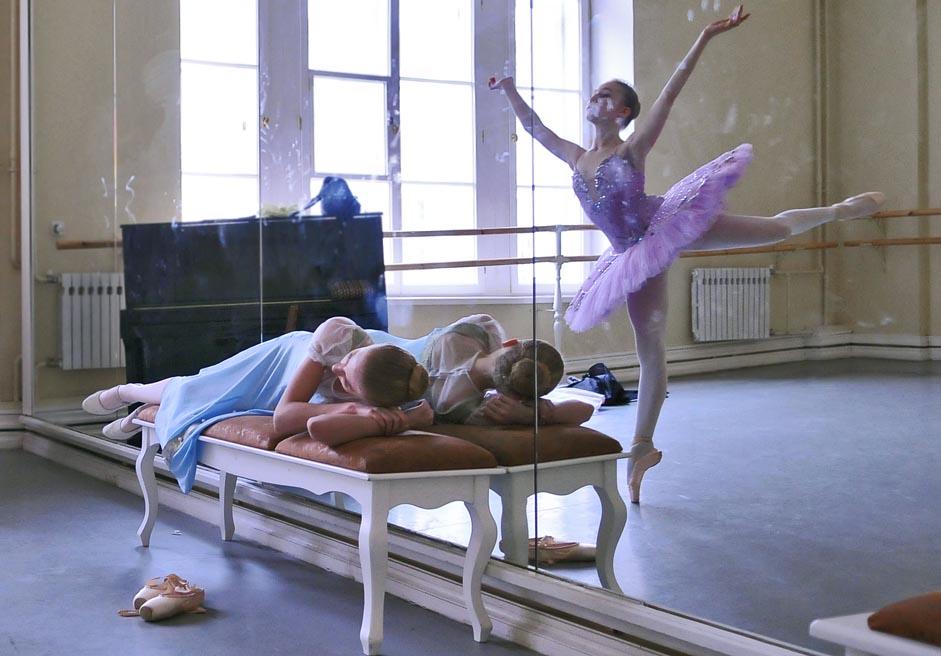
Yekaterina Shipulina, primera bailarina del Teatro Bolshoi, dice: “Mi hermana y yo pasamos nuestra infancia mirando entre bambalinas a mamá y papá. Sabíamos exactamente lo que queríamos hacer cuando fuéramos mayores. ” Una vez que la decisión ha sido tomada, el niño tiene que crecer muy rápido. Resulta que la belleza que vemos en la televisión es el resultado de muchos años de duro entrenamiento, día tras día.
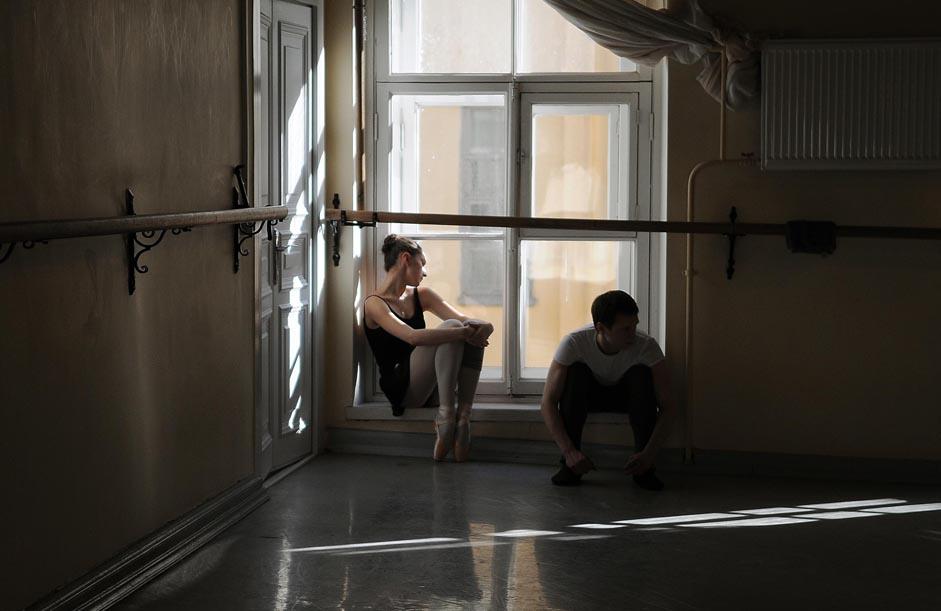
La estresante vida de un bailarin de ballet empieza por entrar a la escuela de ballet. Los niños tienen que pasar por rigurosos exámenes de ingreso, donde se comprueba su estado de salud, construir, flexibilidad, coordinación y postura, junto con su musicalidad y endeors. Comités de selección solían viajar por la Unión Soviética en busca de niños superdotados, por todos los rincones del país, incluso en lejanas aldeas. Estos comités son una rareza en estos días.
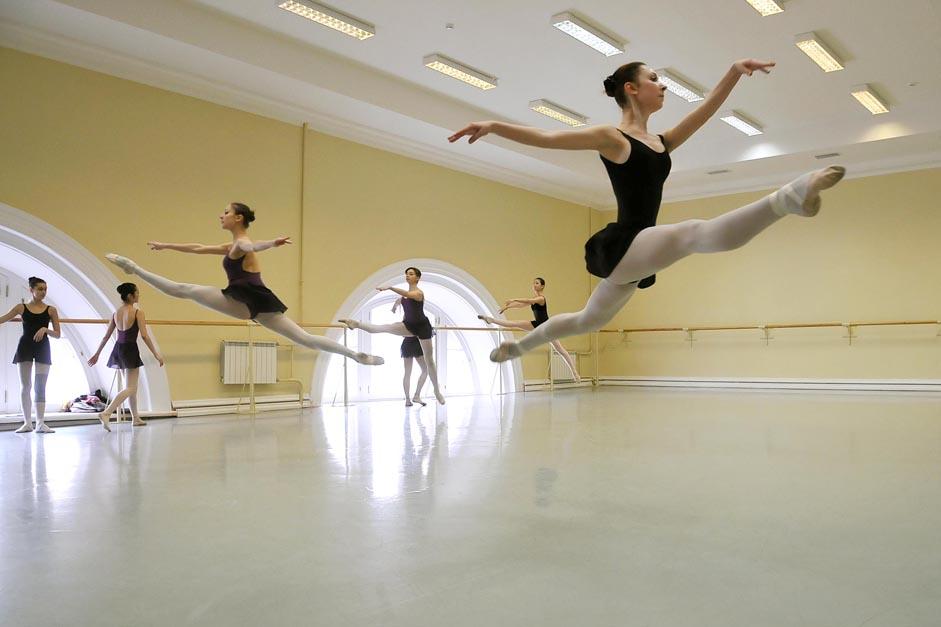
Solía haber decenas e incluso cientos de solicitantes de una sola plaza en las escuelas de ballet, especialmente en Moscú y San Petersburgo. Pero esto sólo es cierto con las niñas ahora. Hay una escasez de varones en el ballet, y no sólo en Rusia: los padres no están dispuestos a permitir que sus hijos sigan una carrera en el ballet cuando hay deportes profesionales con mucho más dinero en juego.

Además, los varones jóvenes solían ser liberados del servicio militar obligatorio si trabajaban en una compañía de ballet, pero las cuotas desde entonces han sido abolidas. El problema sobre los hombres en edad militar se aborda en el ámbito del Ministerio de Defensa, que puede satisfacer las peticiones del Ministerio de Cultura y las autoridades locales. Pero muchos estudiantes tienen que abandonar la escuela. Una nota de D en clásico para los niños, o algunos kilos adicionales para las niñas, podría significar que se les envíe a escuelas regulares antes de graduarse.
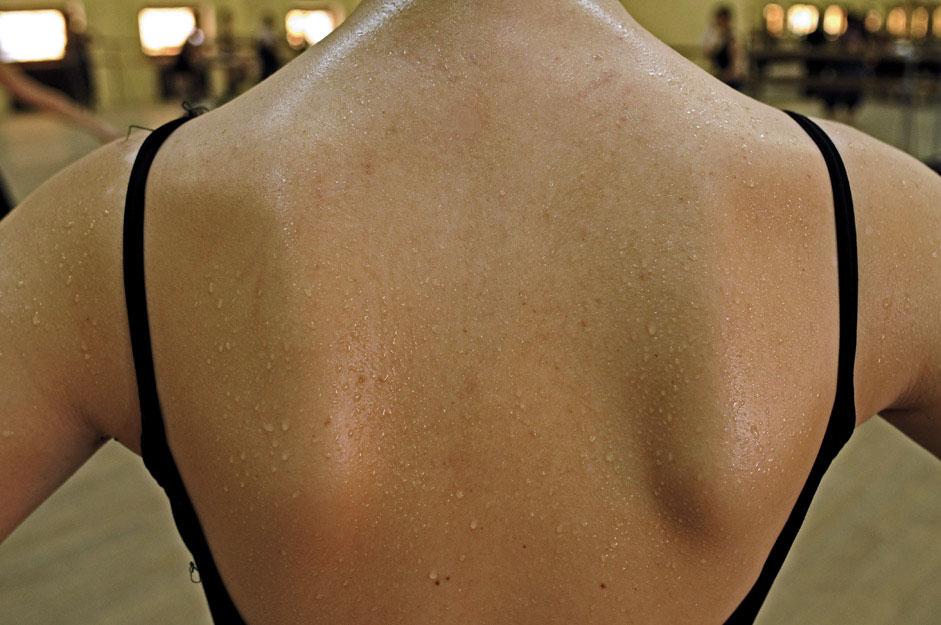
El duro plan de estudios (que consta de una carga completa académica más la práctica diaria ballet, así como temas especiales como la historia del ballet y clases de piano) no deja tiempo para que los niños sean, bueno … niños. Los que vienen de otras ciudades tienen dificultades para adaptarse a su nueva vida sin sus padres. La conocida bailarina Svetlana Zakharova recuerda sus días de escuela: la enviaron a un internado, donde compartió un cuarto con siete otras chicas. Su infancia terminó en un instante, y se inició la lucha por la supervivencia.
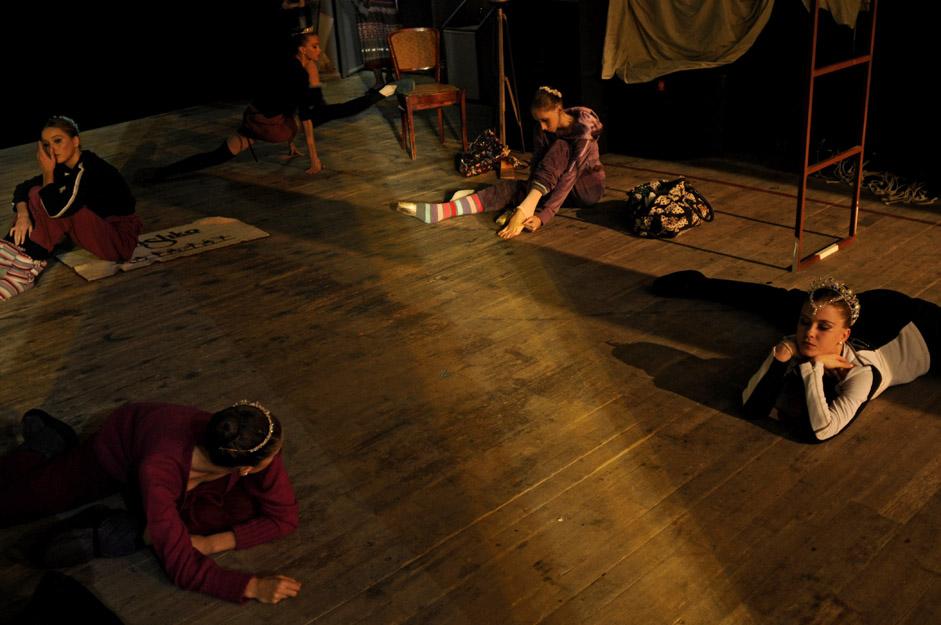
Los niños trabajan 24/7 y tienen que cumplir con requisitos imposibles. El principal reto consiste en combinar la técnica con el arte. Un sitio web ruso describe el problema: “el trabajo de una escuela de baile no es tanto formar a un niño para la danza (que se puede hacer en mucho menos tiempo), sino convertir su cuerpo en un instrumento para crear una imagen en el escenario. “
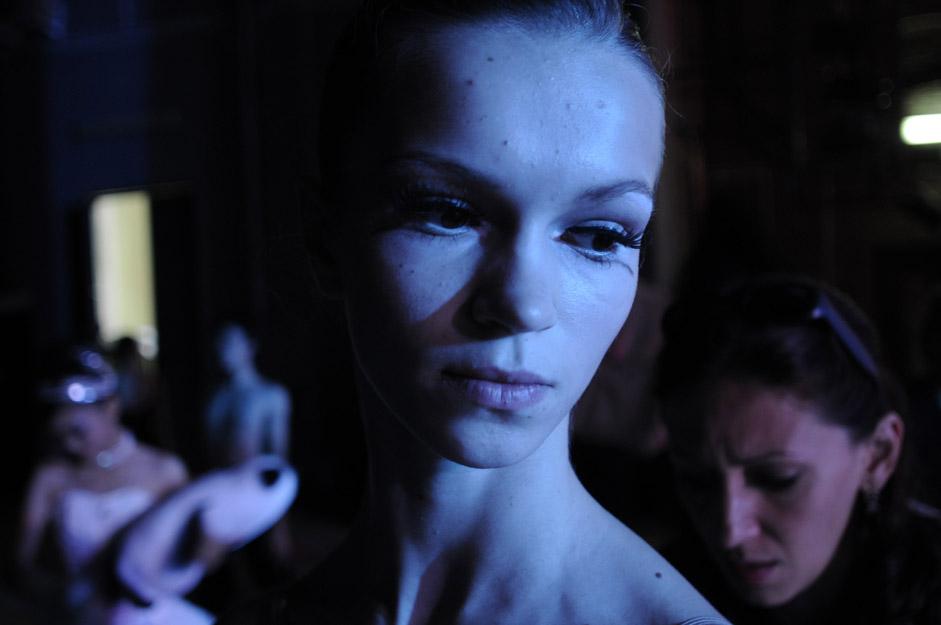
La primera bailarina Evgenia Obraztsova entiende como profesional cómo se alcanza la perfección: “Me golpeaban cuando no ponía bien mis pies en la quinta posición, cuando fallaba al estirar la rodilla o en los estiramientos. Trampear los estiramientos era un delito penal en ese entonces “La competencia es feroz: el niño entiende a una edad muy temprana que hay competidores más dotados alrededor, y los profesores señalan a estos niños. Sólo los verdaderos luchadores consiguen sobrevivir.
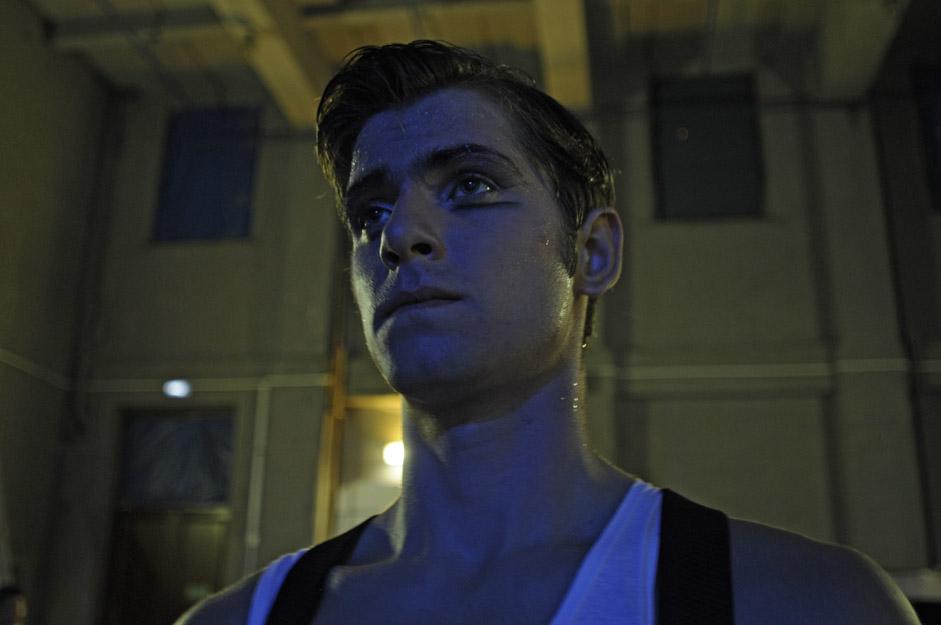
La paradoja es que es durante este período que los estudiantes comienzan a entender realmente su trabajo y por qué están aquí. Es algo fundamentalmente diferente de la alegría de un niño que ha visto una hermosa danza , o el placer de complacer a sus padres. Se trata de una decisión consciente, los niños comienzan a entender por qué tolerar pies sangrantes y falta de sueño.
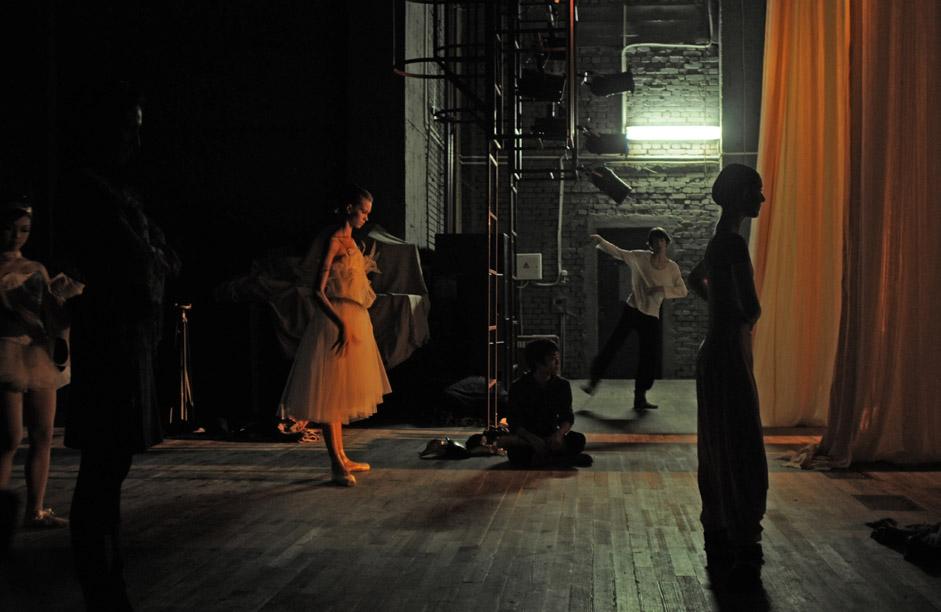
Cuando se acerca la graduación, los estudiantes se preparan para sus exámenes finales y la escuela está temblando de emoción – la gente se pregunta si les han aceptado en su elección de compañías de ballet. Los graduados se asustan oyendo exageradas historias sobre lo que les ocurre a los bailarines en los teatros. Oyen que ponen vidrio en las zapatillas de punta, cortan sus trajes, y sólo se puede subir a la cima si se tiene conexiones.

La mayoría de los graduados continuarán en compañías menos importantes, algunos se trasladarán al extranjero (donde los bailarines rusos son demandados) o se gradúan sin haber sido elegidos por una compañía de ballet. Lo normal para un freelance, es lo siguiente: “Vas a un casting y ves la multitud de aspirantes. En primer lugar, está la barra, después si te dicen que continúes está al centro, y tras los ejercicios pueden decir ” Lo siento, adiós “o” Adelante “. Por último, pueden quedar cinco personas de las 35 “.
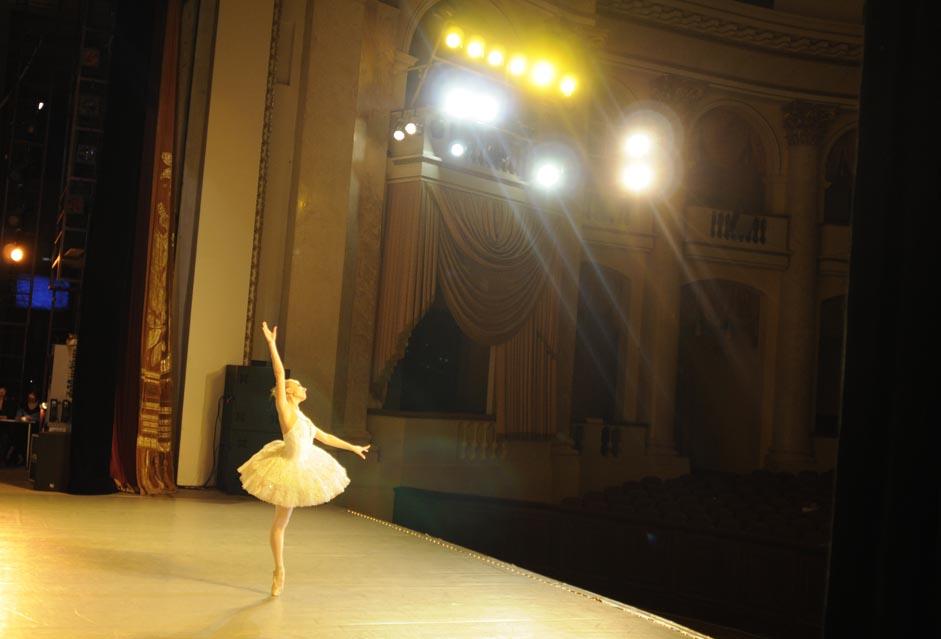
Las vidas de los jóvenes artistas están llenas de agonía y éxtasis, lesiones inevitables, intrigas, victorias en las competiciones de ballet, el rol del tercer escudero en una matinée para niños, o el de Odette y Odile. Soñarán con los codiciados papeles y la rutina diaria de la práctica de ballet, importantes giras y agonizantes esperas para nuevos roles. Anhelarán los aplausos de la audiencia y se retirarán a los 40 con una pensión miserable. Pero si son realmente afortunados, el patito feo se puede convertir un día en un magnífico cisne, el símbolo del ballet ruso.
Fotografías: Mikhail MordasovTexto: Maya Krilova
